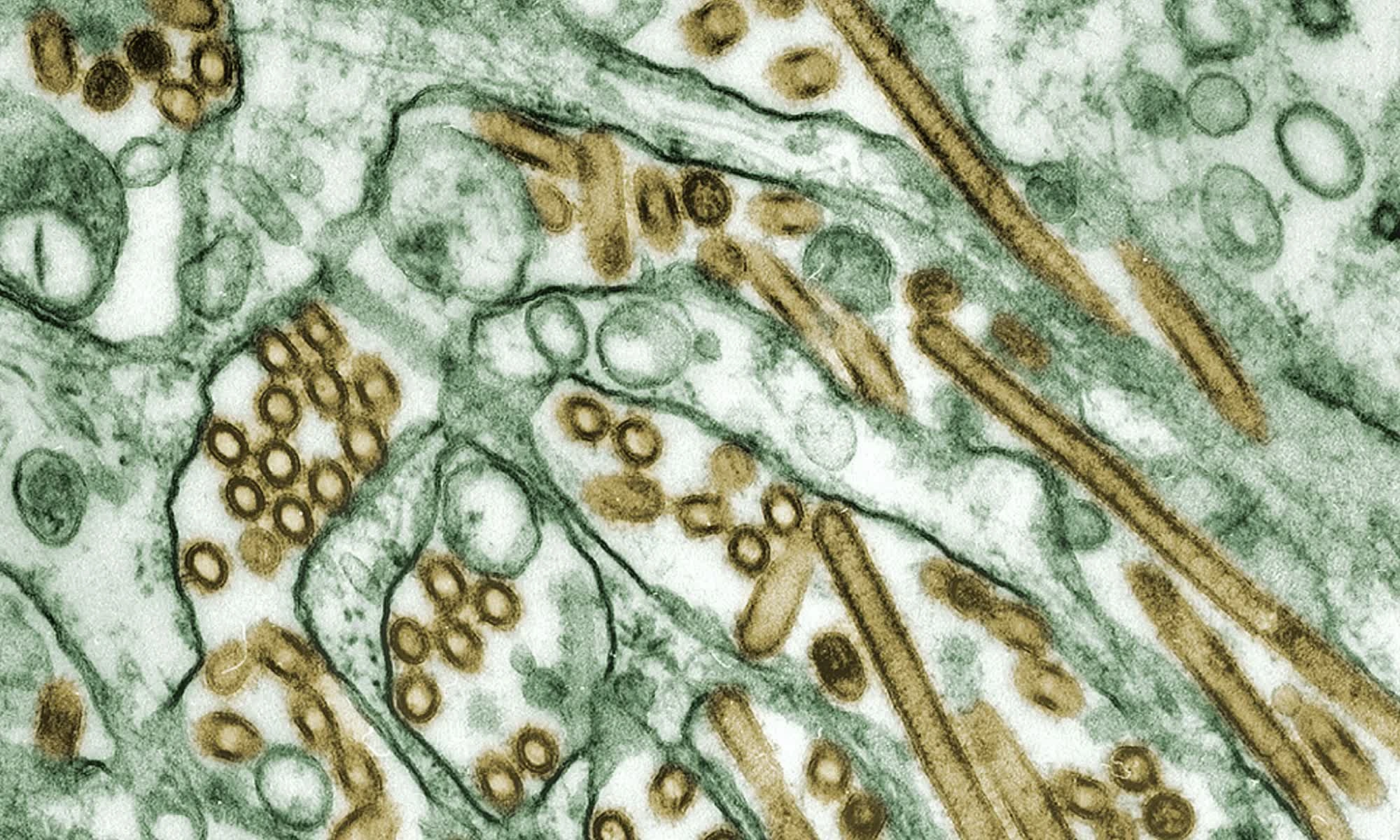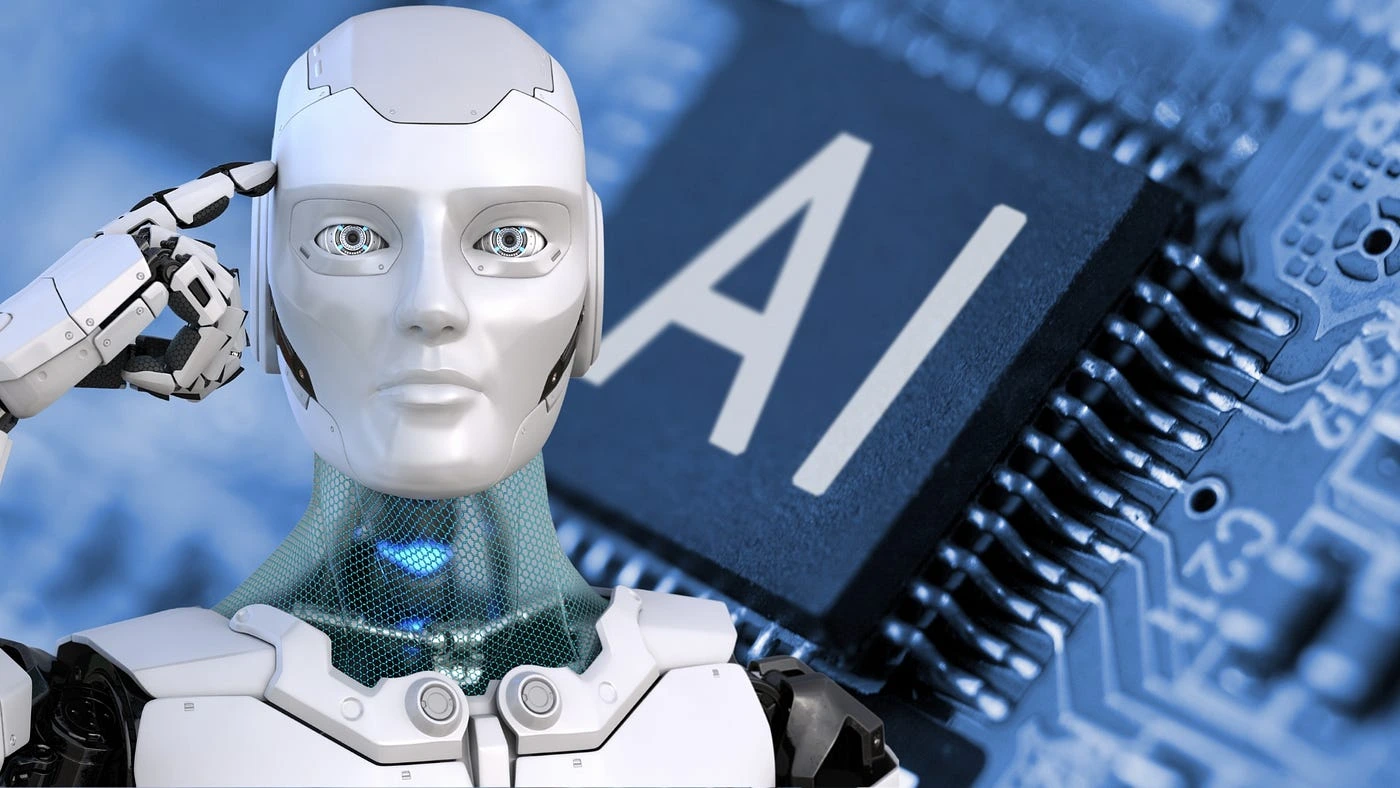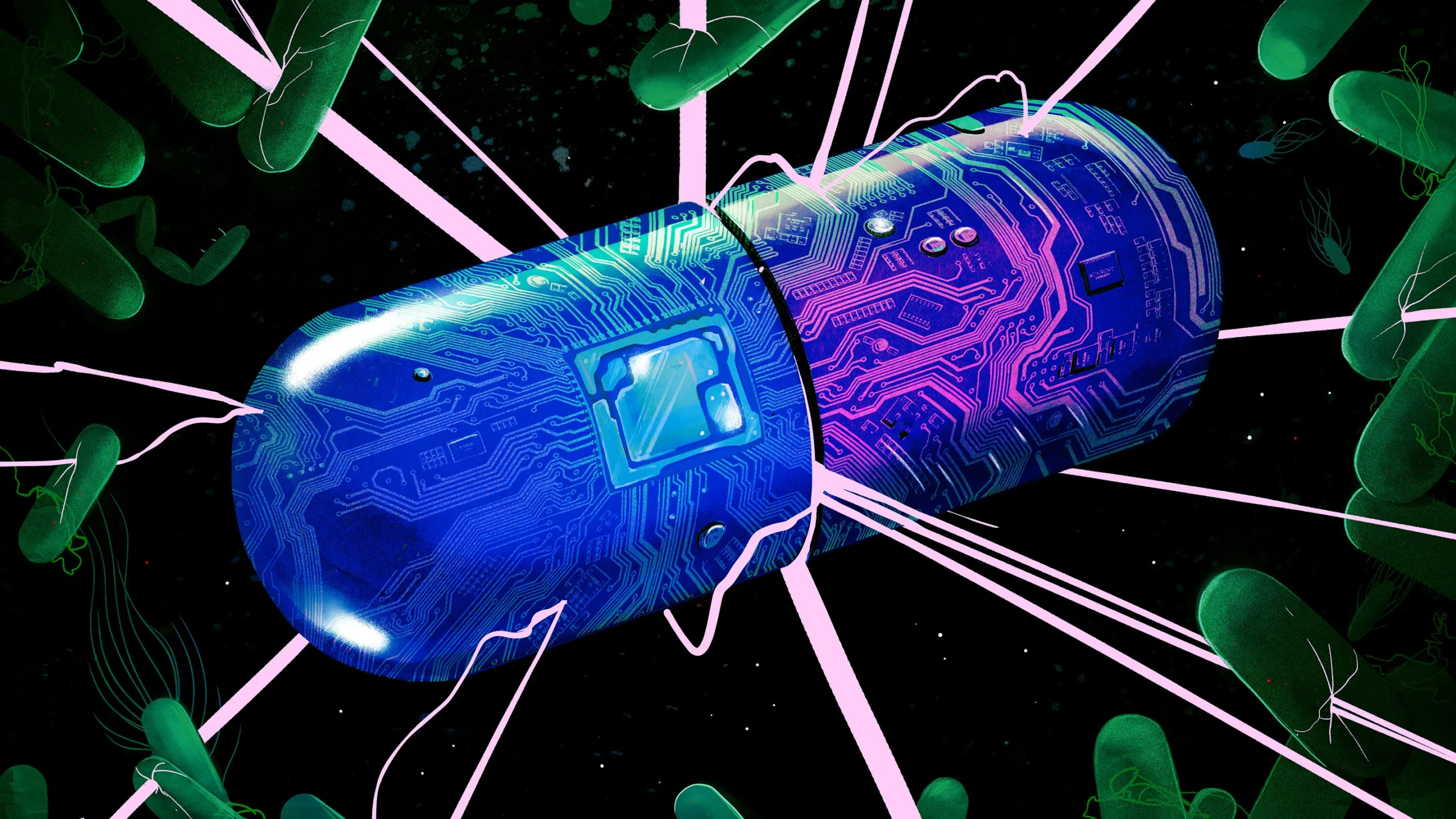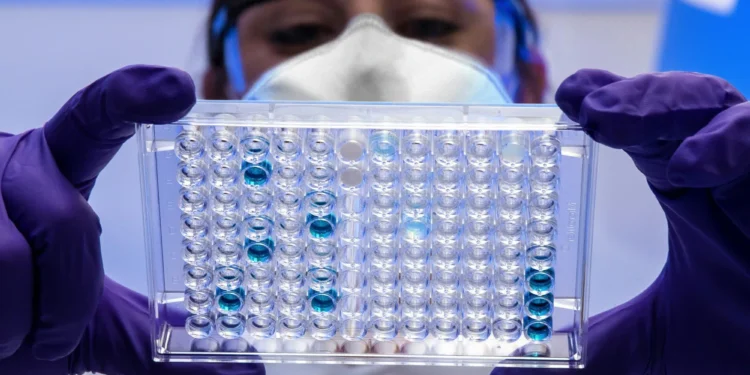In a stunning display of artificial intelligence prowess, a problem that stumped scientists for a decade was resolved within a mere 48 hours by Google’s innovative AI tool, dubbed the “co-scientist.” This event marks a significant milestone in the ongoing integration of AI technologies in scientific research, heralding a new era where complex biological mysteries can be unraveled at unprecedented speeds.

The Mystery of Antibiotic Resistance
At the heart of this scientific breakthrough is the investigation into why certain superbugs, or antibiotic-resistant bacteria, are able to withstand standard medical treatments. Researchers at Imperial College London had been grappling with this question, trying to understand the mechanisms behind the resilience of these deadly organisms. The answer, which eluded scientists for years, was swiftly pinpointed by Google’s AI: these superbugs have developed a capability akin to a master key.

How Google’s AI Cracked the Code in 48 Hours
Professor José R. Penadés and his team presented the AI with the problem, and in just two days, it arrived at the same conclusion the researchers had painstakingly uncovered over ten years—certain superbugs can generate a tail-like structure that enables them to transfer between species. This tail acts as a biological master key, allowing the bacteria to spread across different hosts with ease.
What makes this breakthrough even more remarkable is that the AI didn’t just confirm the existing hypothesis—it also proposed four additional plausible explanations for antibiotic resistance. According to Penadés, all of these hypotheses made sense, and one in particular had never even been considered by the team. They are now actively investigating it further.

The Power Behind the Co-Scientist AI
The tool responsible for this scientific leap is Google’s **co-scientist**, a multi-agent AI system built using **Gemini 2.0**. Google describes it as a **”virtual scientific collaborator“**, designed to assist researchers by generating novel hypotheses, structuring research proposals, and accelerating biomedical and scientific discoveries.
Google has opened a **trusted tester program** for research organizations interested in leveraging co-scientist for their work. This marks a significant step toward AI-assisted science becoming more mainstream, potentially revolutionizing how complex problems are approached across multiple disciplines.

AI in Science: A Threat or an Asset?
The rise of AI in scientific research has sparked debate, particularly regarding job security for scientists and the potential overreliance on machine-generated findings. While some critics warn that AI could replace human researchers, Penadés believes otherwise.
He acknowledges the concerns but sees the benefits outweighing the risks. In his words:
**”This will change science, definitely. It’s like you have the opportunity to be playing a big match – I feel like I’m finally playing a Champions League match with this thing.”**
His enthusiasm underscores a growing sentiment among scientists that AI, rather than replacing human intelligence, is becoming an indispensable tool that amplifies human capabilities.

The Future of AI-Driven Scientific Discovery
With this breakthrough, the future of AI-assisted research looks incredibly promising. If a system like co-scientist can solve decade-old mysteries in mere hours, imagine what it could achieve in the coming years. From drug discovery to climate research, AI is set to transform the way we approach some of the world’s most pressing challenges.
While AI’s role in science continues to evolve, one thing is certain: we are witnessing the dawn of a new era in research—one where human ingenuity and artificial intelligence work hand in hand to unlock the secrets of the natural world.










